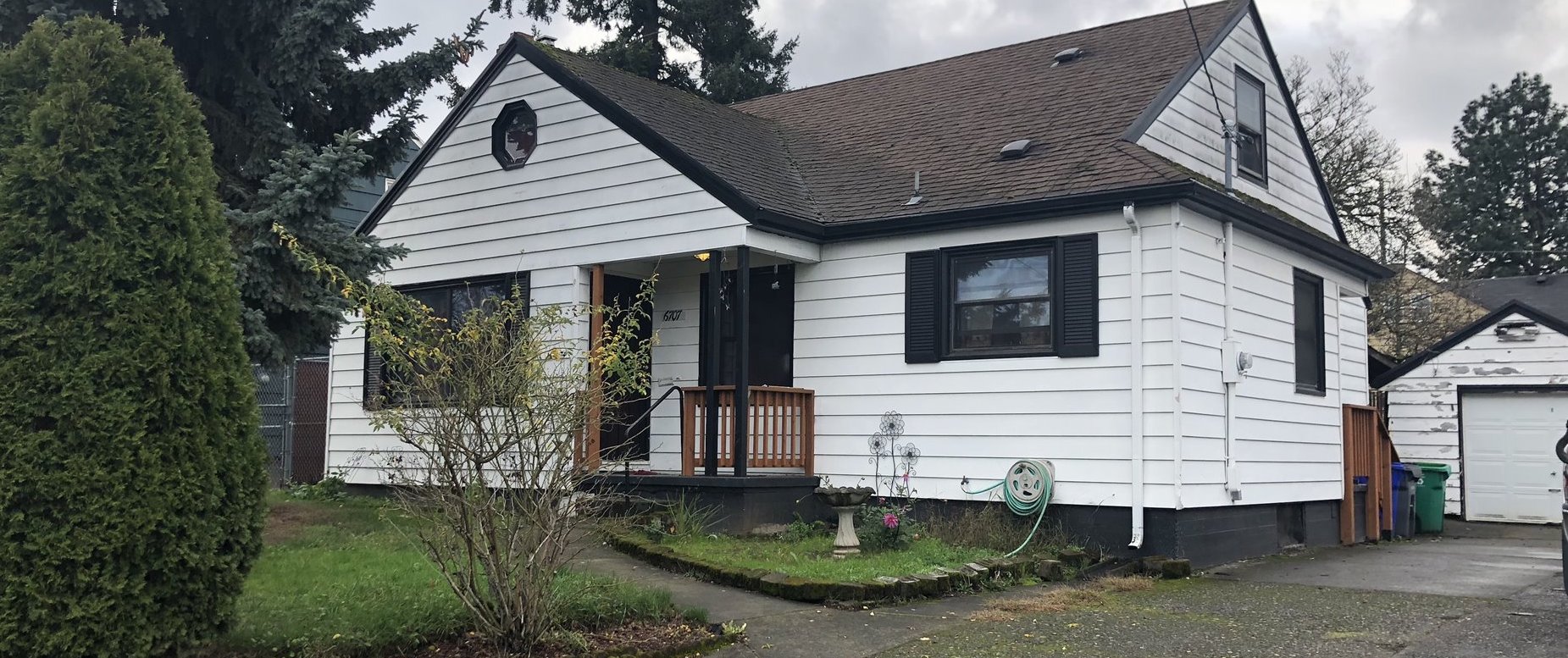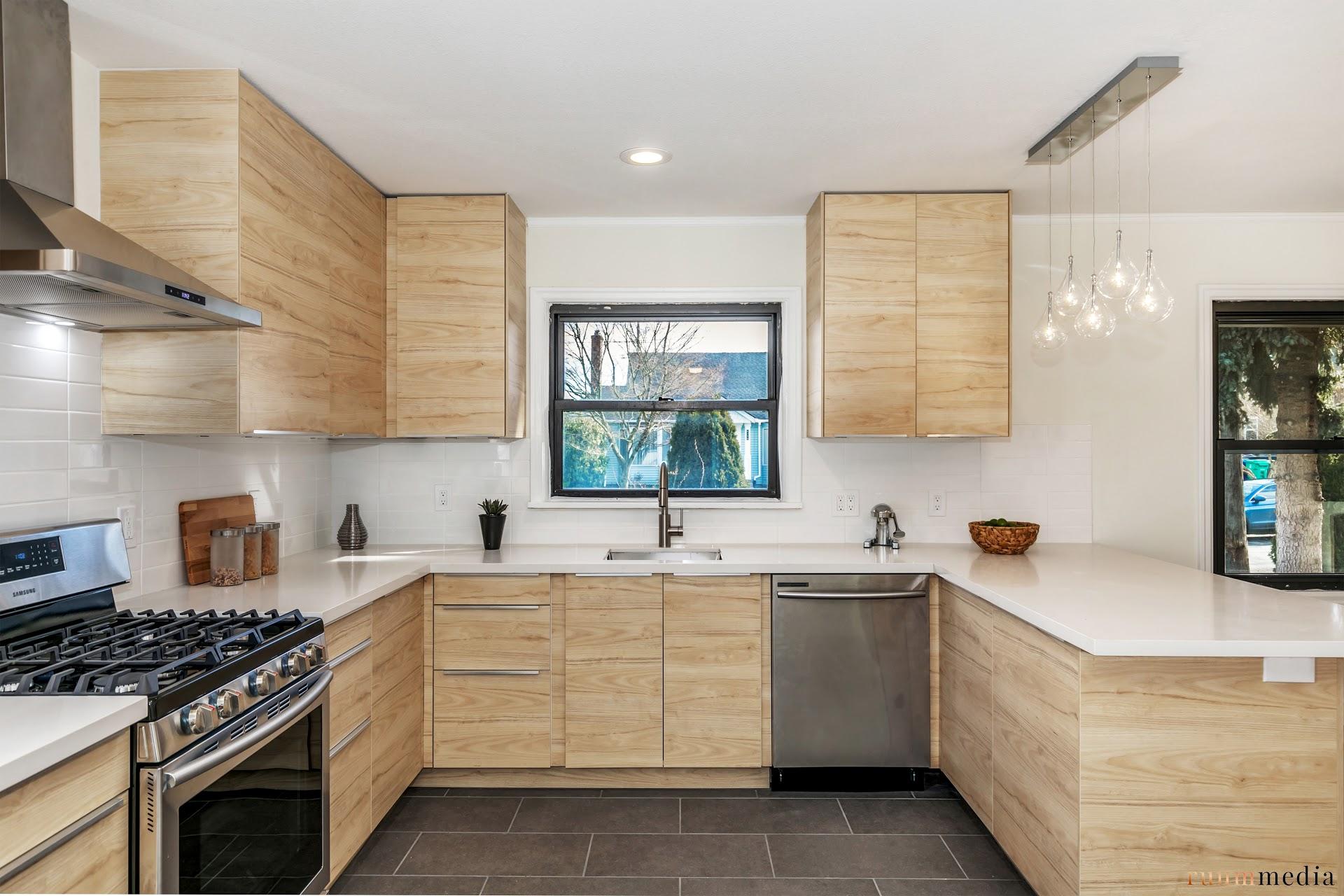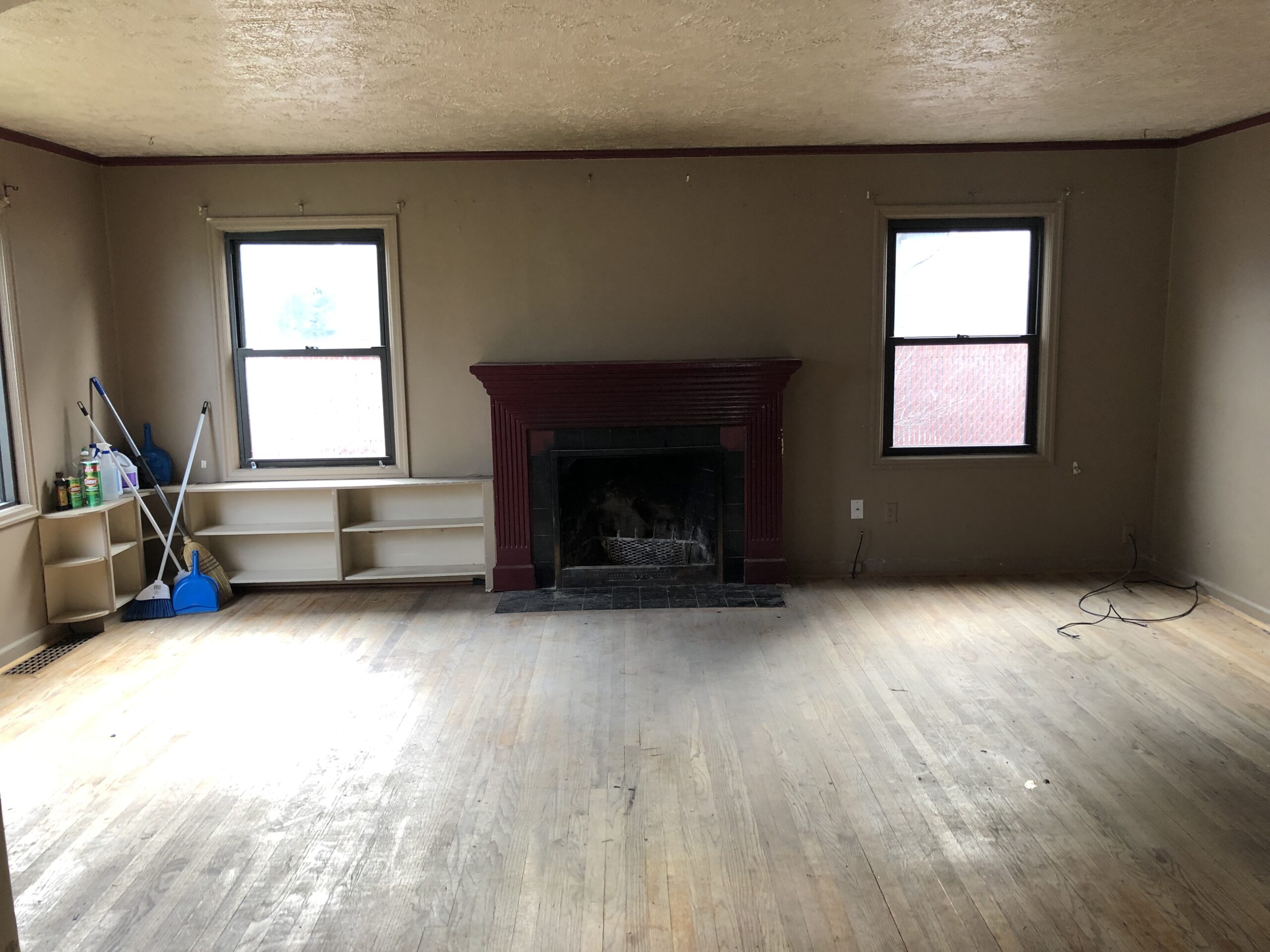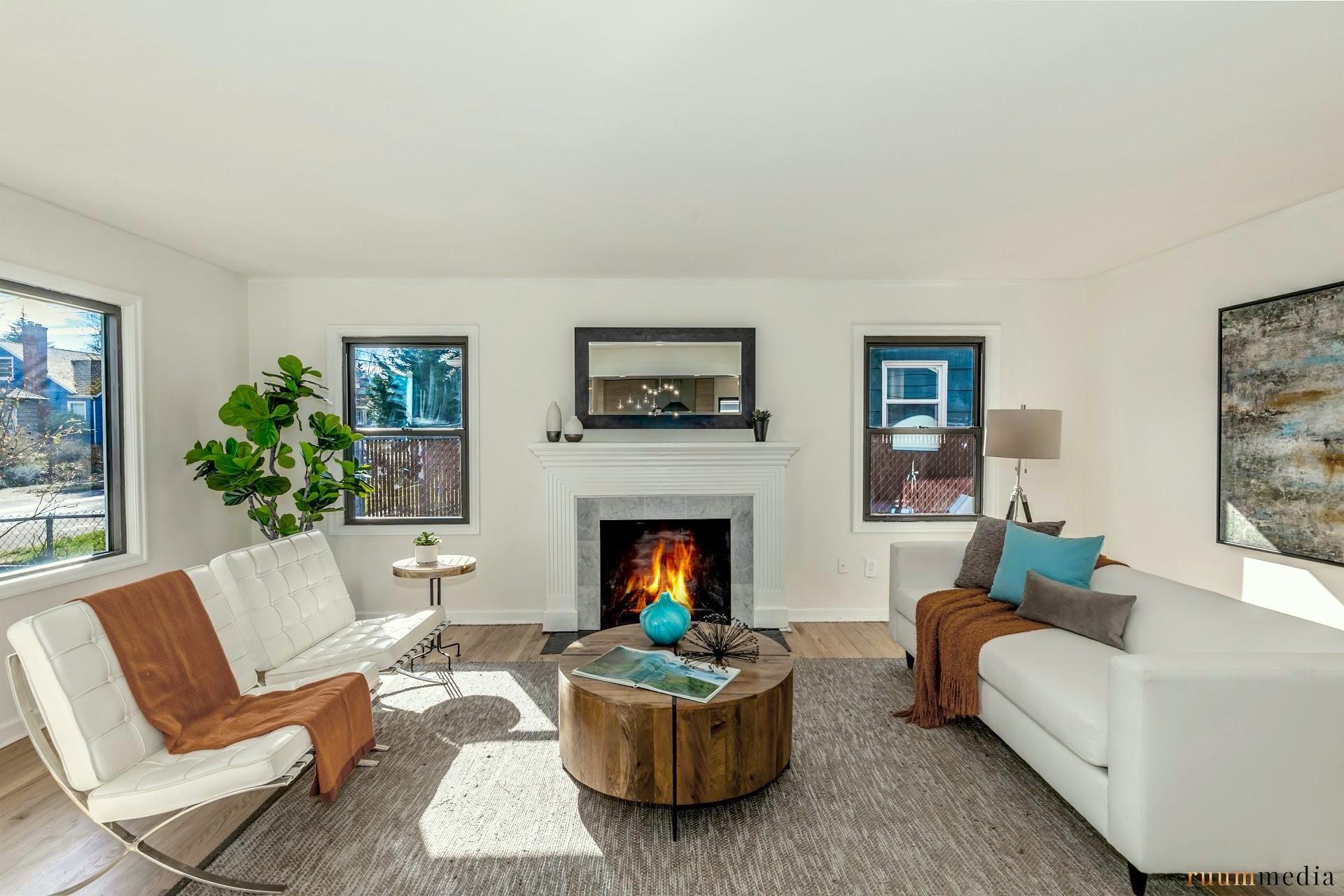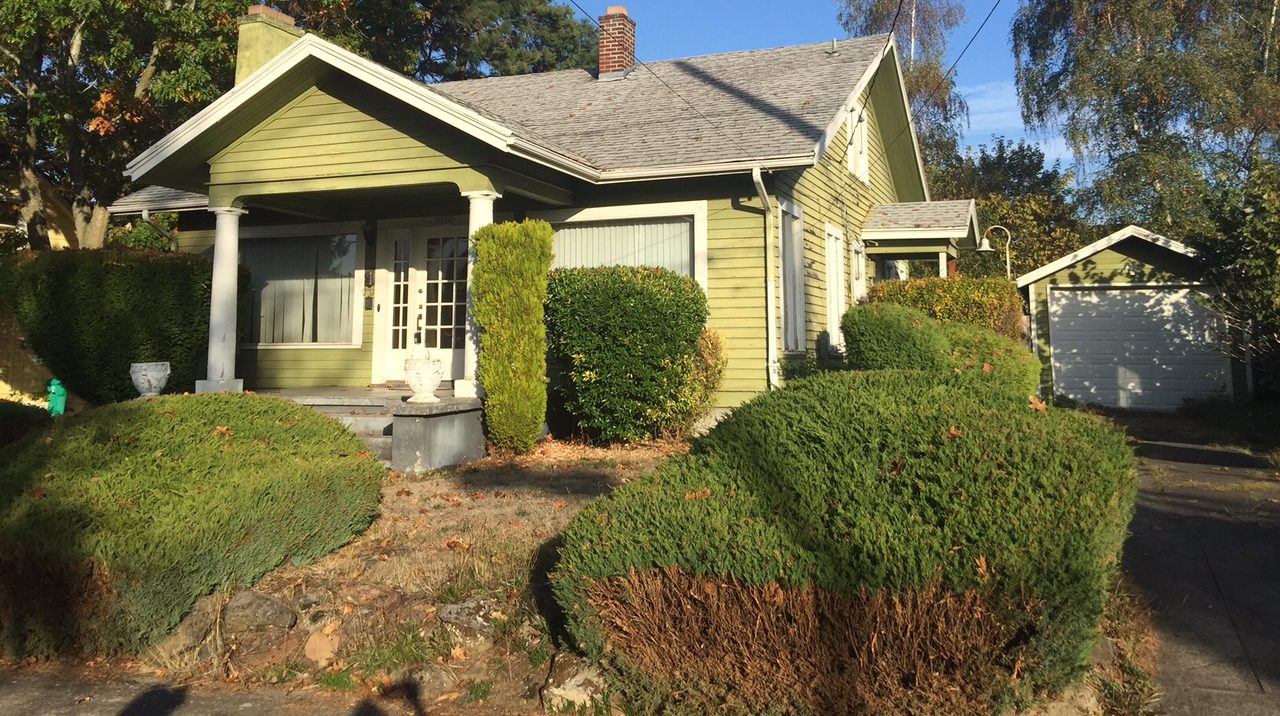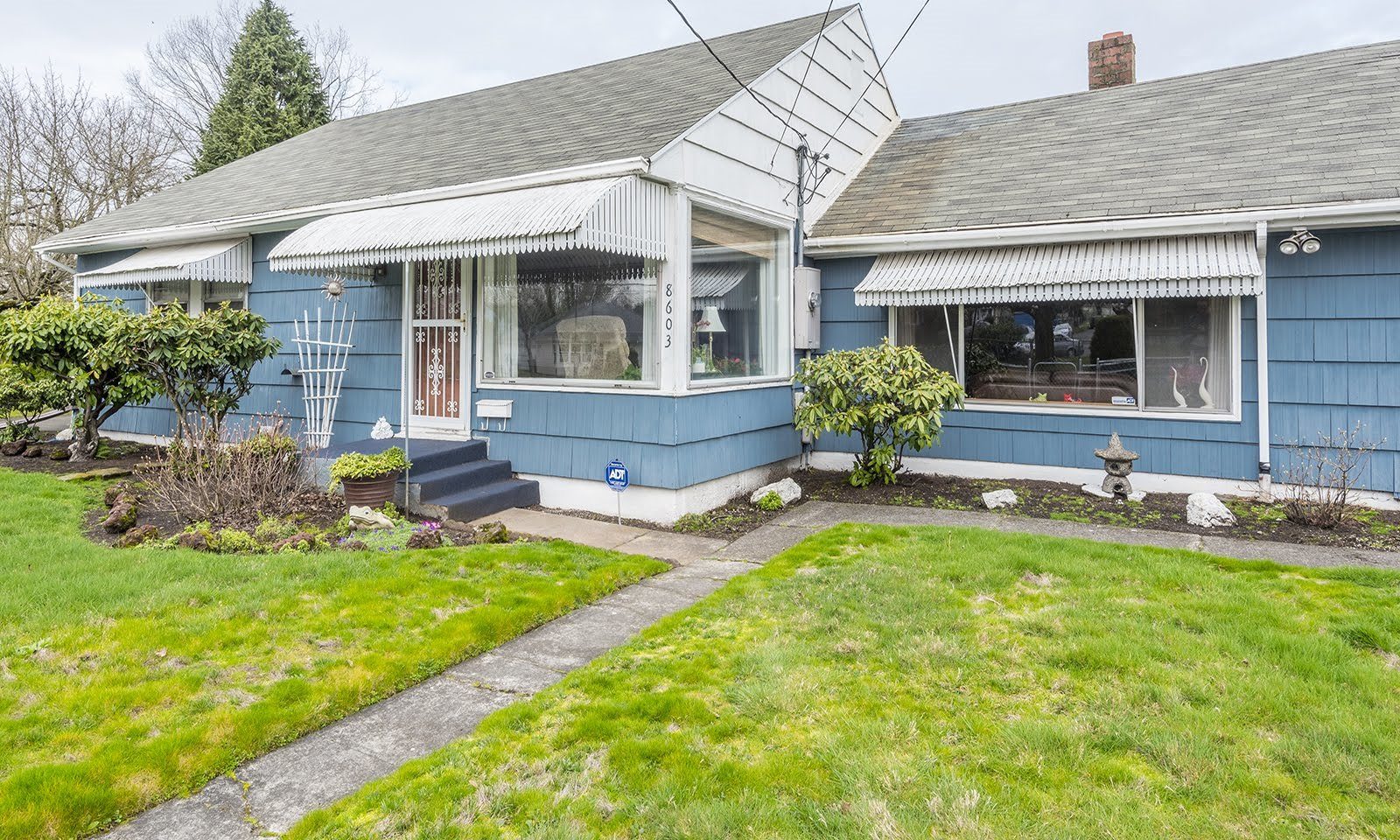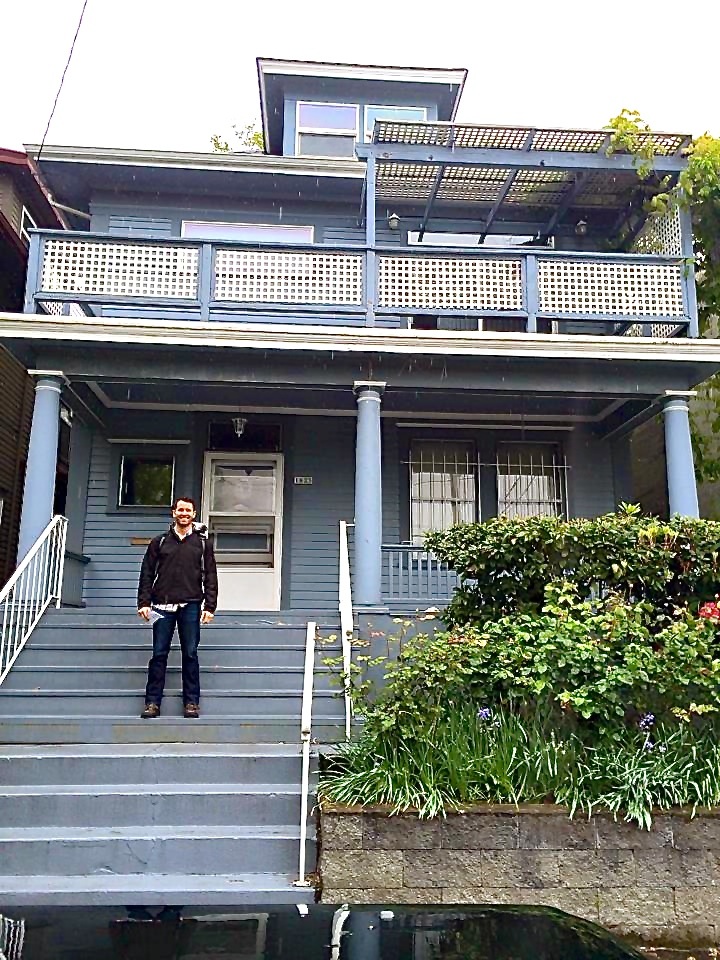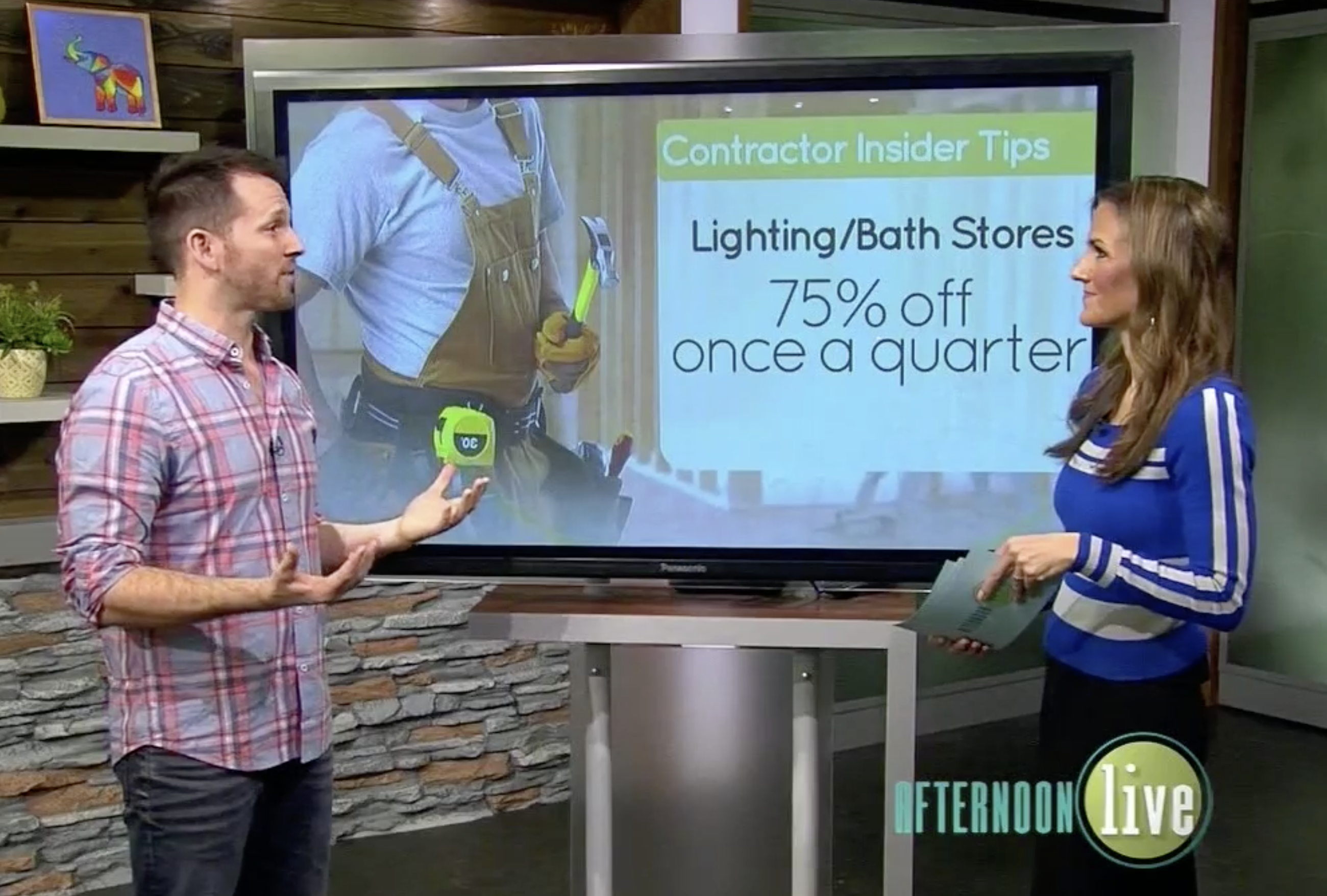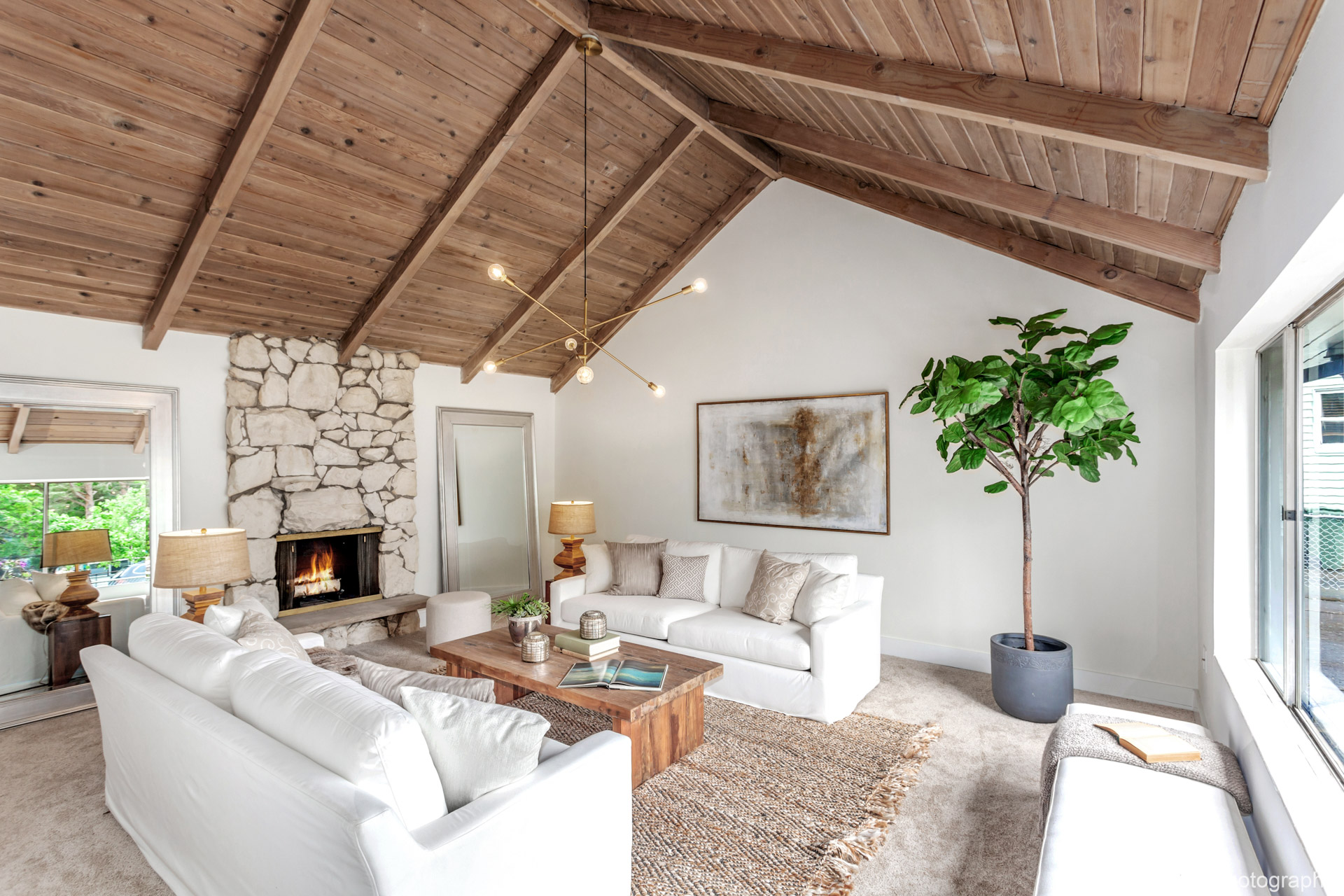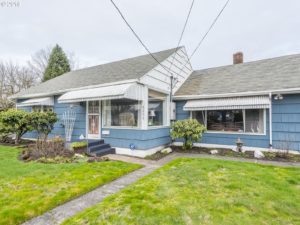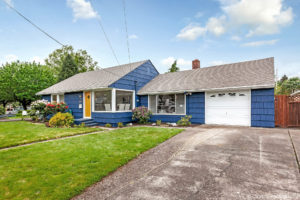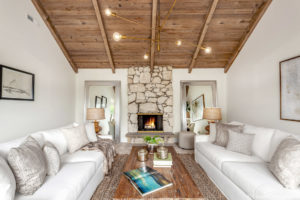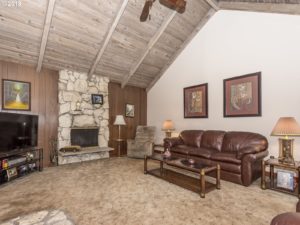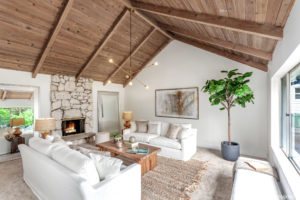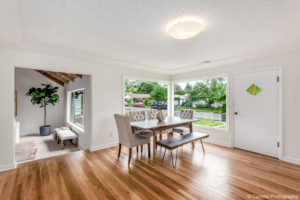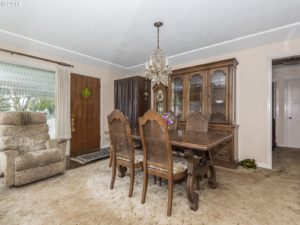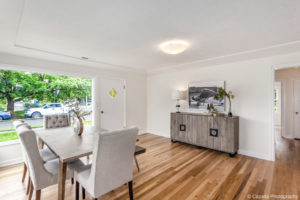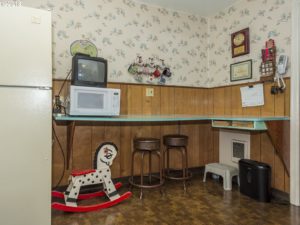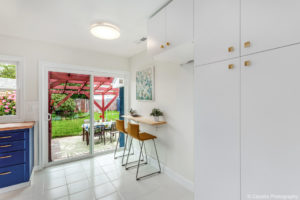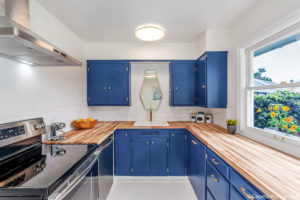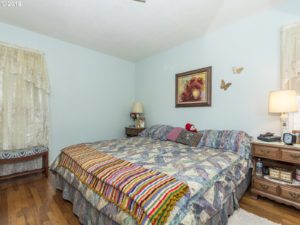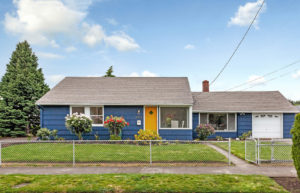Right now, when it feels like there is 1 house for every 10 buyers out there, many buyers are having to adjust their expectation in a house. And if they see something they think will meet their needs, they are often writing an offer. Interestingly many of these buyers may have started off with a laundry list of what their needs are. As their offers have been rejected, they have boiled that list down to what their true needs are. In doing that, some buyers are considering houses that have the prime elements they are looking for, and then rely on the future renovation projects they will do to get it the rest of the way there.
Best Bang For Your Buck
Here are my thoughts on what projects new buyers should focus on. Buy something you can move right into (or move in within 60 days). Most traditional loans require buyers move in within 2 months, so find something that is livable. When it comes to projects to take on, consider the things that traditionally increase the value of the house. The kitchen and baths are a great start.
If you’re willing to do more updates, consider something that doesn’t need structural changes, or changes that will require an architect. Pulling in an architect increases costs exponentially. It also usually means city building permits are necessary in order to make those improvements. Many cities are back-logged right now, and might not even be able to look at those plans for 3 months. Stick to surface updates like paint, flooring, and lighting. For a handy person, those are even things you can do yourself. Thoughtfully updating these, along with the kitchen and baths, will typically bring back a high return for what you investment.
More Than Cosmetics
While I recommend generally staying away from houses with structural issues, making updates to the electrical can be easy enough, and is one of the most important upgrades to make when it comes to safety. Do yourself a favor though and hire a licensed electrician. If you find a home you love that has 2 prong outlets, no GFCI protection in kitchen or baths, or has an unsafe electric panel, these are prime for upgrading. Not only will it be safer, it adds modern conveniences. You will need these kinds of upgrades later down the road anyway to make further improvements in the house that you really want. While this electric project could average between $7,500 – $10,000 or more, if you’re buying in a market where the average cost of a house is over $500,000, that doesn’t feel like too much.
Looking for more of a project? Here are some tips for something more extensive: Click Here.
